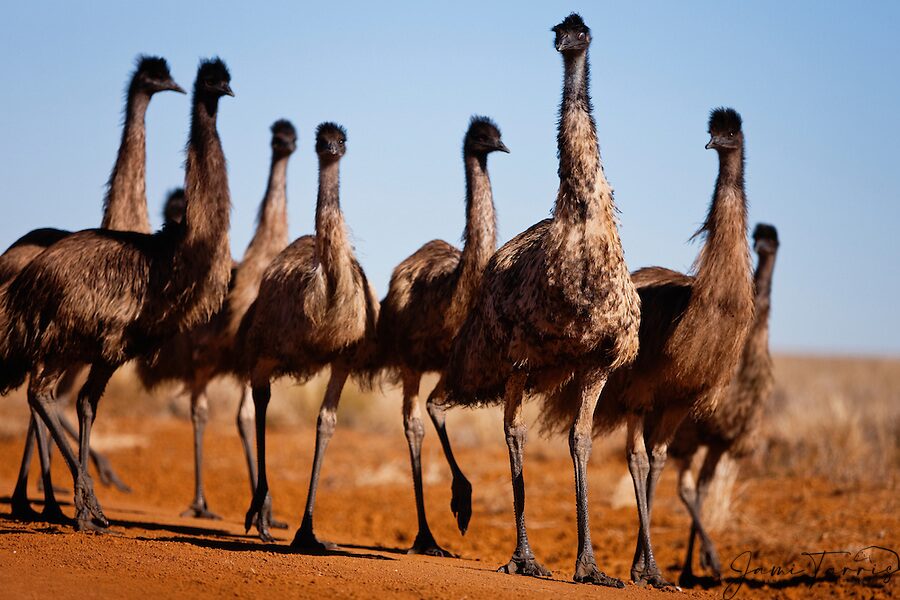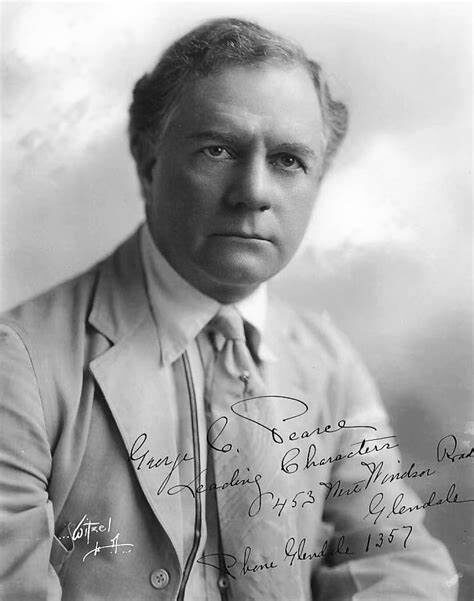
When Australia Took on Birds and Lost
In a tale that sounds like the plot of a comedy film, Australia once found itself embroiled in a war against an unexpected foe: emus. Yes, you heard that right! In 1932, as farmers in Western Australia struggled to protect their crops from these large, flightless birds, the government deployed military forces armed with machine guns to combat the feathery menace. What followed was a series of hilarious misadventures that saw soldiers outsmarted by birds, leading to a conflict that would go down in history as the Great Emu War. With each failed attempt to subdue the emus, the absurdity of the situation grew, turning a serious agricultural crisis into a national spectacle. Get ready to dive into this uproarious chapter of Australian history, where the only thing more resilient than the emus was the laughter that followed their improbable victory!
Read The Women’s Suffrage Movement (19th-20th Century)
Historical Context
The roots of the Great Emu War can be traced back to the aftermath of World War I. Many Australian veterans returned home to find themselves struggling to adapt to civilian life. The government had allocated land to these ex-soldiers in Western Australia, encouraging them to take up farming. However, the land was often marginal, and the economic conditions were dire, particularly during the Great Depression. Wheat prices plummeted, and farmers faced mounting challenges, including drought and pests. In 1932, a massive migration of emus, driven by the search for food and water, descended upon the wheat fields of the Campion district. These large, flightless birds, which had previously been protected as a native species, were now classified as vermin due to their destructive behavior. Farmers were desperate for assistance as the emus trampled crops and damaged fences, leading them to plead for government intervention.

The Military Response
In response to the farmers’ cries for help, the Australian government decided to take drastic measures. The Minister for Defense, George Pearce, authorized the deployment of the Royal Australian Artillery to combat the emu invasion. Led by Major Gwynydd Purves Wynne-Aubrey Meredith, the military was equipped with two Lewis machine guns and 10,000 rounds of ammunition. The plan was simple: use military precision to eliminate the emus threatening the farmers’ livelihoods. The operation commenced in early November 1932, but it quickly became apparent that the emus were no ordinary adversaries. The birds proved to be surprisingly elusive, scattering in small groups at the first sign of danger. Initial attempts to ambush a flock of around 1,000 emus resulted in failure when one of the machine guns jammed, leaving only a handful of birds killed. The emus displayed remarkable agility and cunning, evading the soldiers’ efforts at every turn.

The Battle of Wits
As the “war” progressed, the soldiers faced mounting frustration. The emus, with their strong legs and quick reflexes, seemed to outsmart their human counterparts at every turn. Major Meredith famously remarked, “If we had a military division with the bullet-carrying capacity of these birds, it would face any army in the world.” This sentiment encapsulated the absurdity of the situation, as the emus continued to wreak havoc on the crops while the military struggled to mount an effective response. Despite the use of military tactics, including ambushes and attempts to shoot from moving vehicles, the emus remained resilient. Reports indicated that by the end of the operation, the soldiers had fired thousands of rounds of ammunition for relatively few confirmed kills. The media quickly caught wind of the bizarre conflict, dubbing it the “Emu War” and framing it as a comedic caper that would not seem out of place in a cartoon.
Read The Black Plague (1347-1348)
The Aftermath
The Great Emu War officially came to an end in December 1932, after a little over a month of futile efforts. The military withdrew, having killed approximately 986 emus, but the overall population remained largely intact. The emus had emerged victorious, and the farmers were left to continue battling the persistent birds on their own. In the wake of the failed military intervention, the government turned to alternative solutions. Farmers were encouraged to build exclusion fencing to keep emus out of their fields, a more sustainable approach than armed conflict. However, the fencing proved controversial, as it restricted the natural movements of the emus and raised concerns about their survival as a species. The Great Emu War left a lasting legacy in Australian culture. While it was a serious issue for the farmers affected, the absurdity of the conflict captured the public’s imagination. Cartoons and humorous accounts proliferated, and the emus became symbols of resilience against human attempts to control nature. The event has since been referenced in popular culture, including films and musicals, highlighting its enduring appeal as a source of amusement.

Conclusion
The Great Emu War stands as a testament to the complexities of human-wildlife interactions and the often comical outcomes of our attempts to exert control over nature. What began as a desperate measure to protect farmers’ livelihoods turned into a national spectacle, revealing the limitations of brute force against the cunning and adaptability of wildlife. As we reflect on this peculiar chapter in history, the Great Emu War serves as a reminder of the delicate balance between humans and the natural world, encouraging us to seek more sustainable solutions to coexist with the creatures that share our environment.
FAQs
1. What was the Great Emu War?
The Great Emu War was a military operation in Australia in 1932 aimed at culling emus that were damaging crops in Western Australia. Despite the military’s efforts, the emus proved to be elusive and ultimately emerged victorious.
2. Why did the emus become a problem for farmers?
Emus migrated in large numbers to search for food and water, causing significant damage to crops and fences, particularly during the Great Depression when farmers were already struggling.
3. How did the military respond to the emu problem?
The Australian government deployed the Royal Australian Artillery, armed with machine guns, to combat the emu invasion in a series of military operations.
4. What were the results of the Emu War?
The military operation resulted in the deaths of approximately 986 emus, but the overall population remained largely intact, and the emus continued to damage crops.
5. What is the legacy of the Great Emu War?
The Great Emu War has become a source of humor and cultural reference in Australia, highlighting the absurdity of the conflict while serving as a reminder of the challenges of wildlife management.
Related Website Links
- Wikipedia – Emu War
- Britannica – Emu War
- Atlas Obscura – The Great Emu War
- The Collector – The Great Emu War
This comprehensive exploration of the Great Emu War highlights its historical significance and the humorous yet poignant lessons learned from a conflict between humans and nature.


